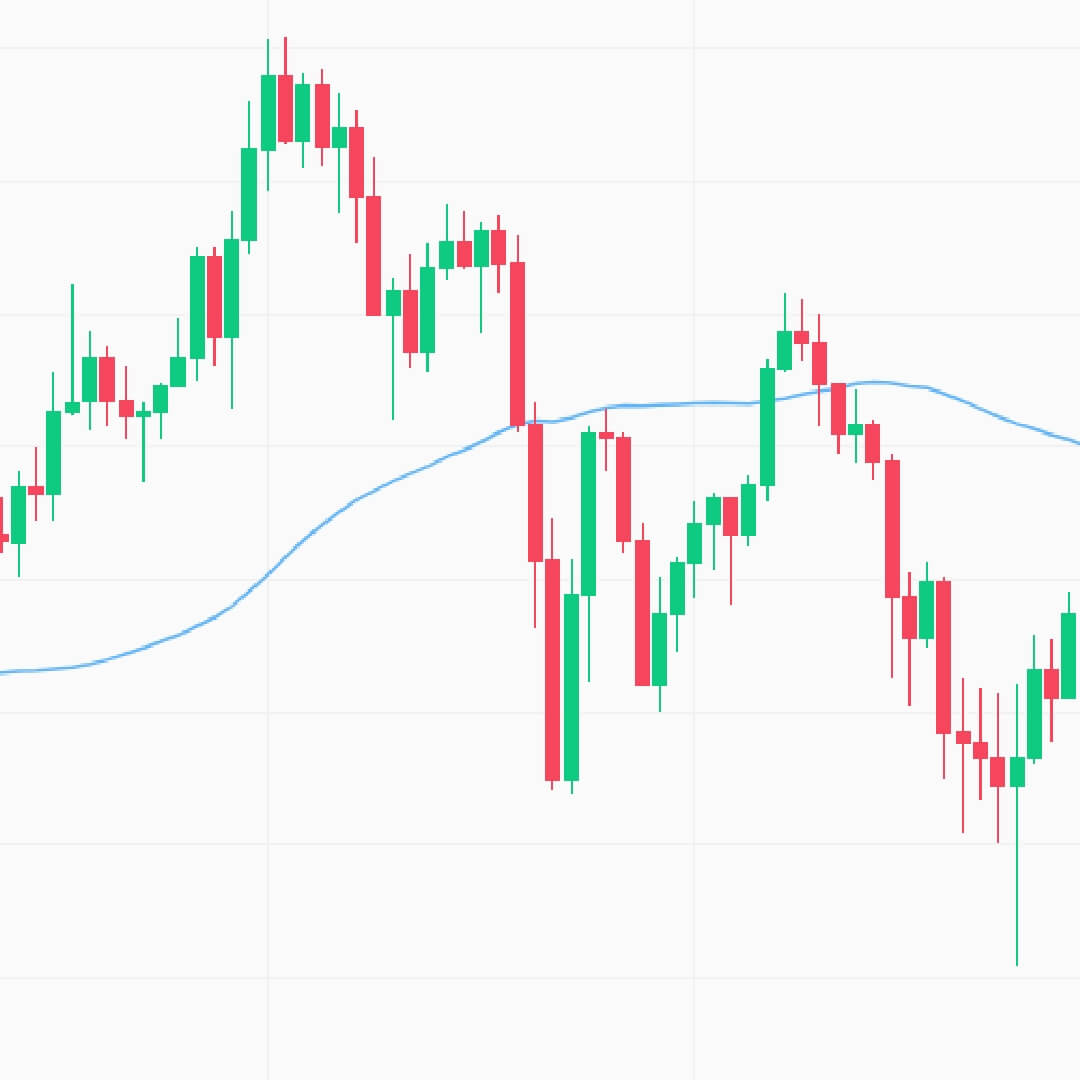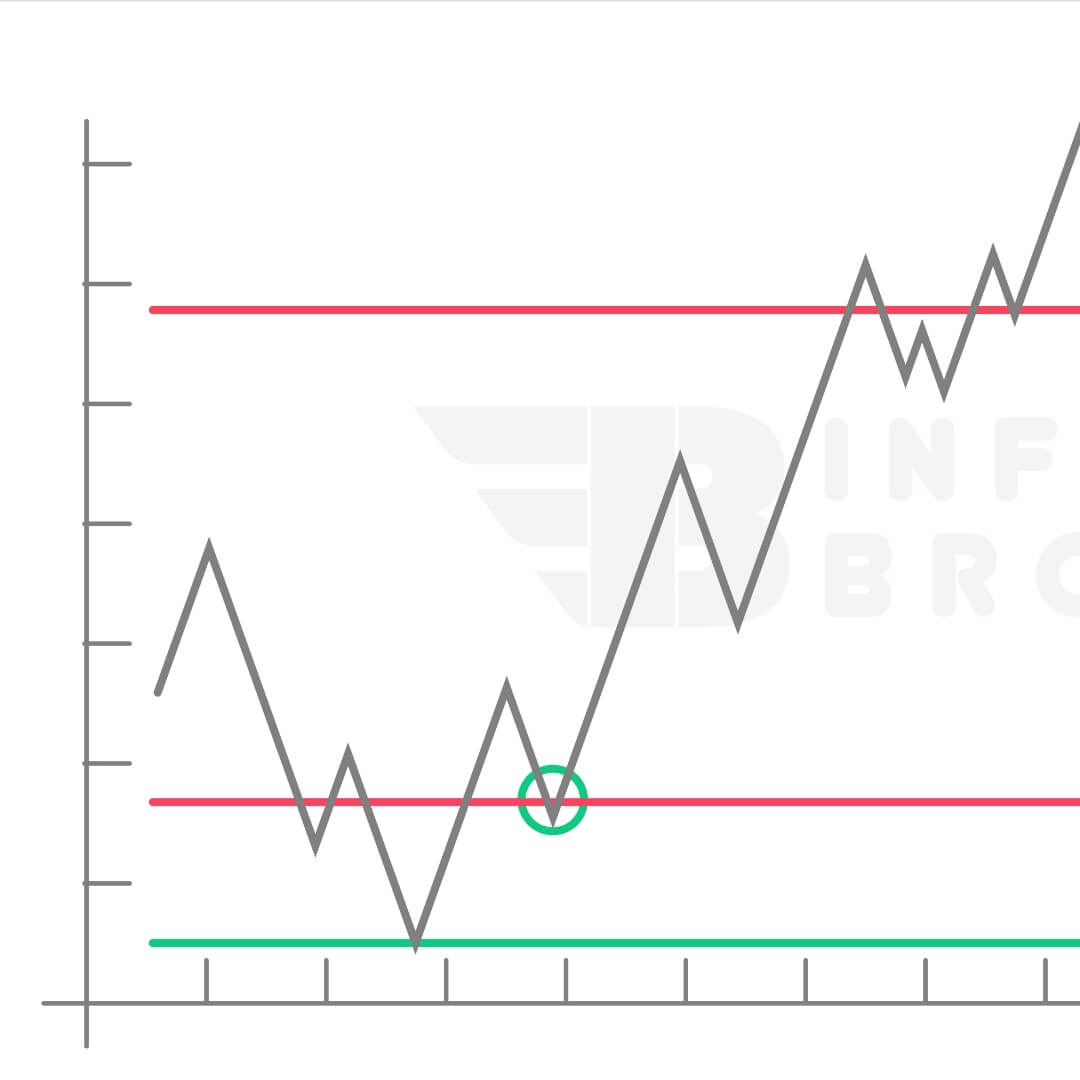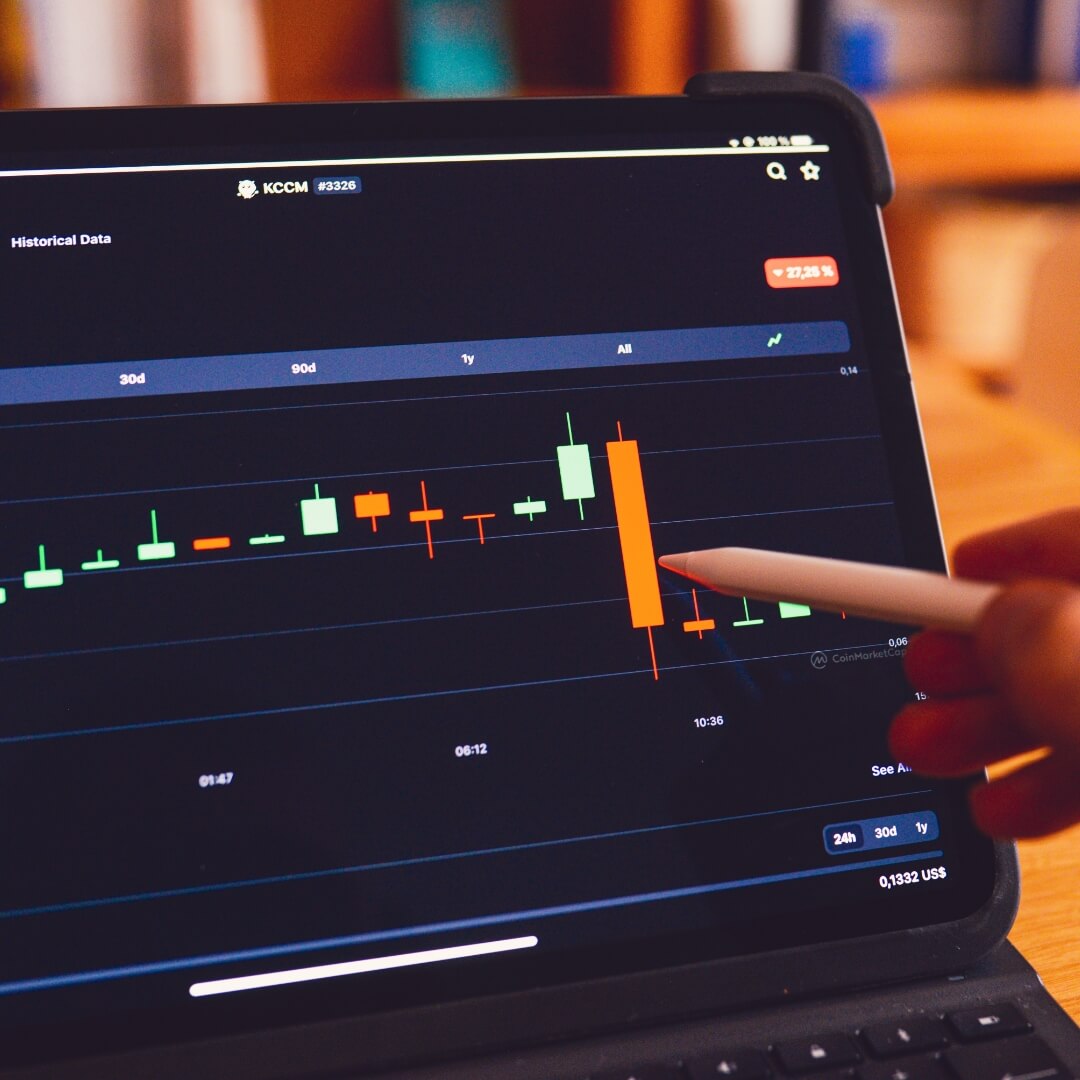Stock Liquidity:Why It Mattersfor Traders & Investors How Easy Is It to Buy & Sell?

Key Takeaways
Welcome to our journey into the world of stock liquidity. Let's simplify this crucial concept for better understanding, especially for students diving into the realm of investing.
Think of liquidity as a bustling marketplace, akin to your local farmer's market. Here, stocks are like the goods being traded, and high liquidity means it's easy to buy and sell them, much like a busy market where transactions happen quickly and smoothly.
Contrary to common belief, high liquidity doesn't equate to slow trades. Instead, it's more akin to the experience at Apple's renowned stall at a bustling market. Here, buying and selling happen swiftly, resembling the pace of a fast-moving racetrack, where you can make transactions with ease and efficiency.
Now, let's paint a vivid picture of Apple's stall in the market. It's always abuzz with activity, with customers flocking in and out, representing high liquidity. Transactions occur rapidly here, allowing buyers and sellers to swiftly execute their orders without delay.
Now, picture a stall from a less-known company tucked away in a quiet market corner. It's quieter there, with fewer customers around, showing low liquidity. In this case, trading might be tougher because there aren't many buyers or sellers available.
In a quiet market setting like this, if you're looking to sell something, you might find yourself having to lower your price to attract buyers. Conversely, if you're in the market to buy, you might end up paying a higher price due to the limited availability of sellers.
Now, let's zoom back to Apple's stall. Here, trading is fast-paced, and prices remain stable. This ease of trading is precisely why people prefer 'liquid' stocks—they can be bought or sold quickly without significantly impacting their price.
Imagine a sudden change in the market. With Apple's high liquidity, you can quickly adjust your position to adapt to these shifts. This emphasises how liquidity plays a crucial role in helping investors respond promptly to changes in market conditions.
However, at the quieter stall, representing low liquidity, reacting to market shifts becomes more challenging. Limited buyers and sellers can potentially trap you in an unfavourable position, making it harder to adjust your investment strategy in a timely manner.
Closing positions in low-liquidity markets can be challenging because there are few buyers and sellers. It's like trying to find your way out of a complex maze, where finding an exit can be difficult and take time.
Timing is of the essence in trading. High liquidity, like at Apple's stall, allows for timely trades, which are crucial, especially in fast-moving markets where every second counts.
Conversely, at a quieter stall with low liquidity, your timing strategies might fail, resulting in delays in entering or exiting trades. This could greatly impact your investment results, as timing often plays a crucial role in market success.
High liquidity not only facilitates fast trades but also helps maintain price stability. At Apple's stall, price swings are minimal, reducing the risk of sudden and significant loss.
On the other hand, the quieter stall with low liquidity experiences unpredictable price changes. The shortage of buyers and sellers can cause sudden price spikes or drops, introducing uncertainty to the investment environment.
Low liquidity can indeed cause larger price swings, as fewer transactions can significantly impact the price, much like turbulent waves in the market.
As an investor, mastering liquidity and knowing when to trade at busy or quiet stalls becomes a crucial skill. It's similar to navigating through various market conditions to optimise your investment results.
SUMMARY
Stock liquidity plays a vital role in determining how quickly you can buy or sell stocks without major price impacts. High liquidity translates to stable, fast trades, while low liquidity means slower, riskier transactions. Understanding and effectively utilising this knowledge is key to strategic investing and achieving success in the market.







